
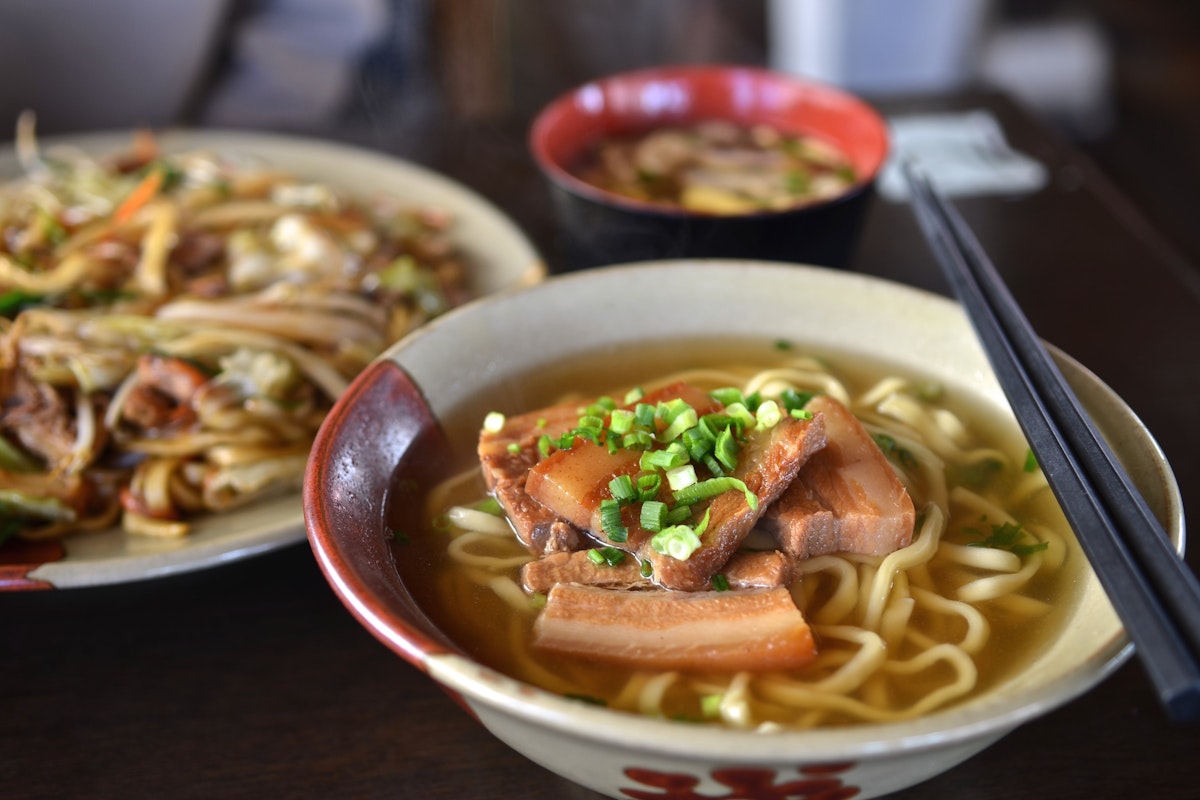
Japanese food is loved all around the world for its fresh ingredients, delicious flavors, and careful preparation. Whether you are planning to visit Japan or just want to try its traditional dishes, there are many tasty options to explore.
From sushi to comforting bowls of ramen, Japanese food is full of unique flavors that reflect the country's culture and history. In this blog post, we will introduce 15 traditional Japanese dishes that you should try to experience authentic Japanese flavors.
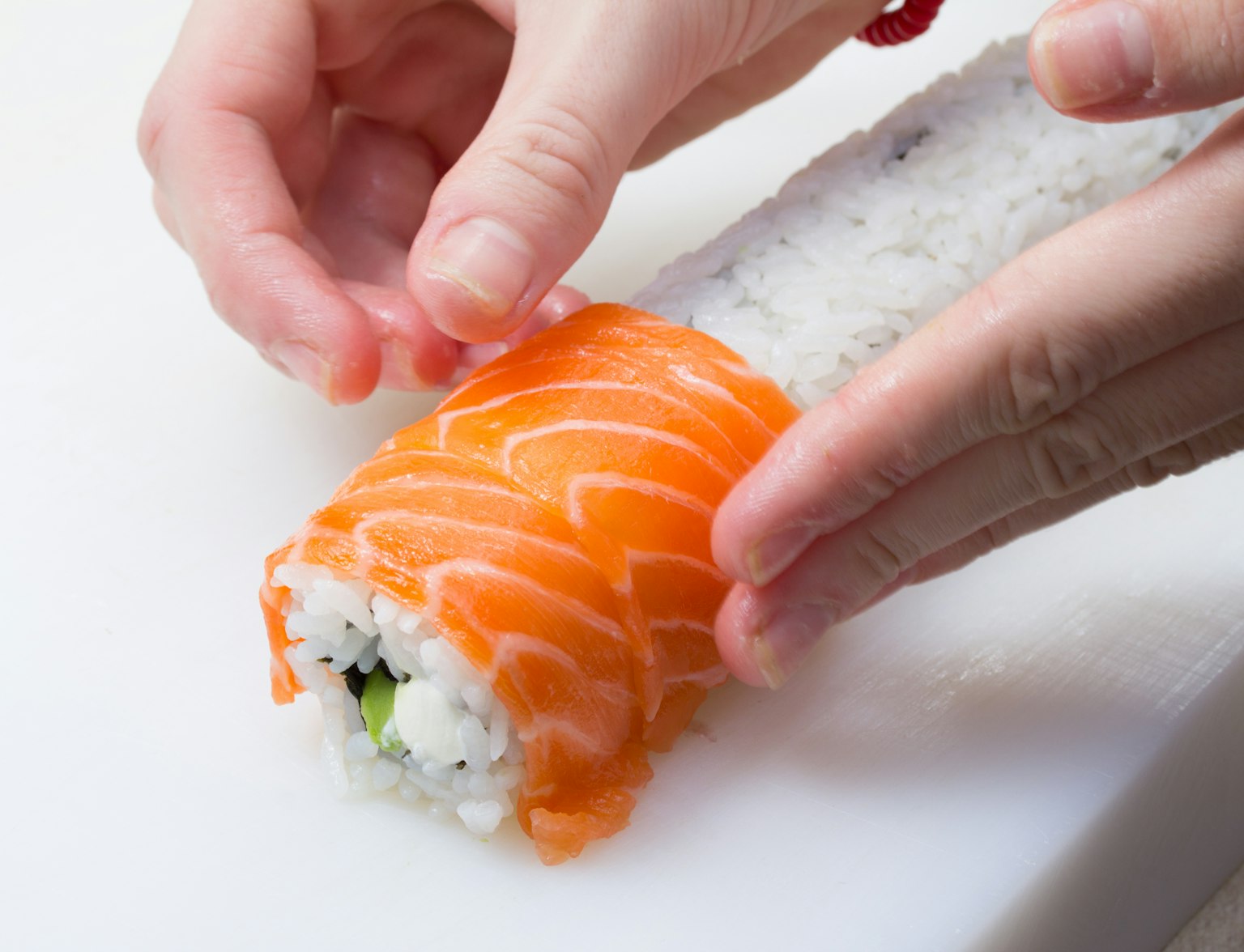
Master the art of making eight traditional nigiri sushi and one sushi roll
Sushi is one of the most well-known traditional Japanese dishes, enjoyed both in Japan and around the world. It consists of vinegared rice combined with a variety of toppings such as raw fish, seafood, eggs, and vegetables. There are several types of sushi, including:
Nigiri (握り寿司): A hand-pressed mound of rice topped with a slice of raw fish or other ingredients.
Maki (巻き寿司): Rolled sushi wrapped in seaweed, often filled with fish, vegetables, and rice.
Temaki (手巻き寿司): A cone-shaped hand roll made with nori seaweed, filled with sushi rice and various ingredients.
Sashimi (刺身): Thinly sliced raw fish or seafood, served without rice.
Sushi is usually served with condiments like soy sauce for dipping, wasabi for an extra kick, and pickled ginger (gari) to cleanse the palate between bites. It is commonly enjoyed in sushi restaurants, convenience stores, and even at home in Japan.
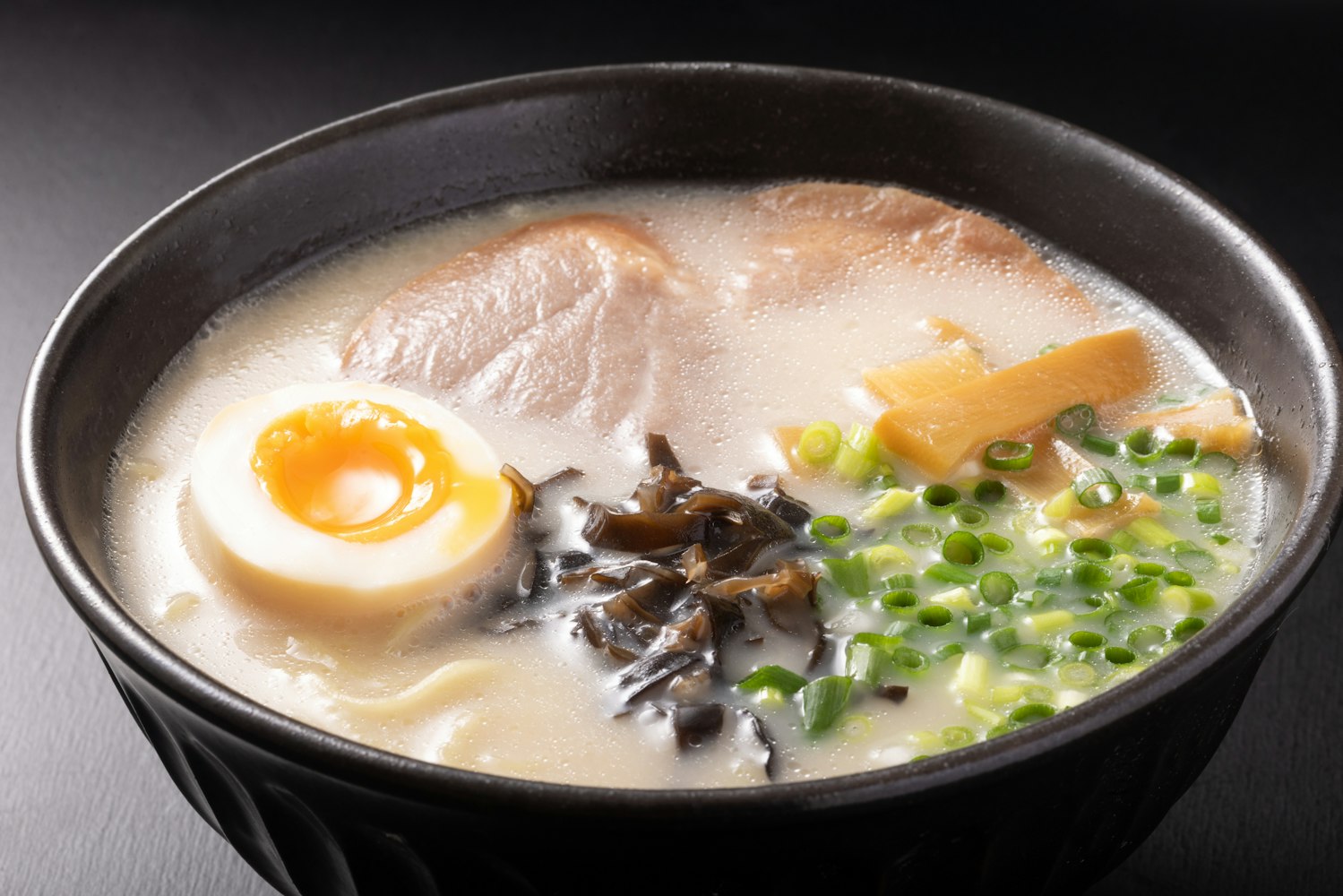
Ramen is a popular Japanese noodle soup that is enjoyed by people of all ages. It consists of chewy wheat noodles served in a flavorful broth, which can be made from different bases such as soy sauce (shoyu), miso, salt (shio), or pork bone (tonkotsu). Each type of broth has its own unique taste and regional style.
Popular ramen toppings include slices of tender braised pork (chashu), boiled eggs with a soft center, green onions, seaweed (nori), bamboo shoots (menma), and corn. Some ramen bowls are also topped with spicy miso paste or butter for added richness.
Different regions in Japan have their own special ramen styles. For example, Hokkaido is famous for its miso ramen, while Kyushu is known for its rich and creamy tonkotsu ramen. In Tokyo, soy sauce-based ramen is very popular.
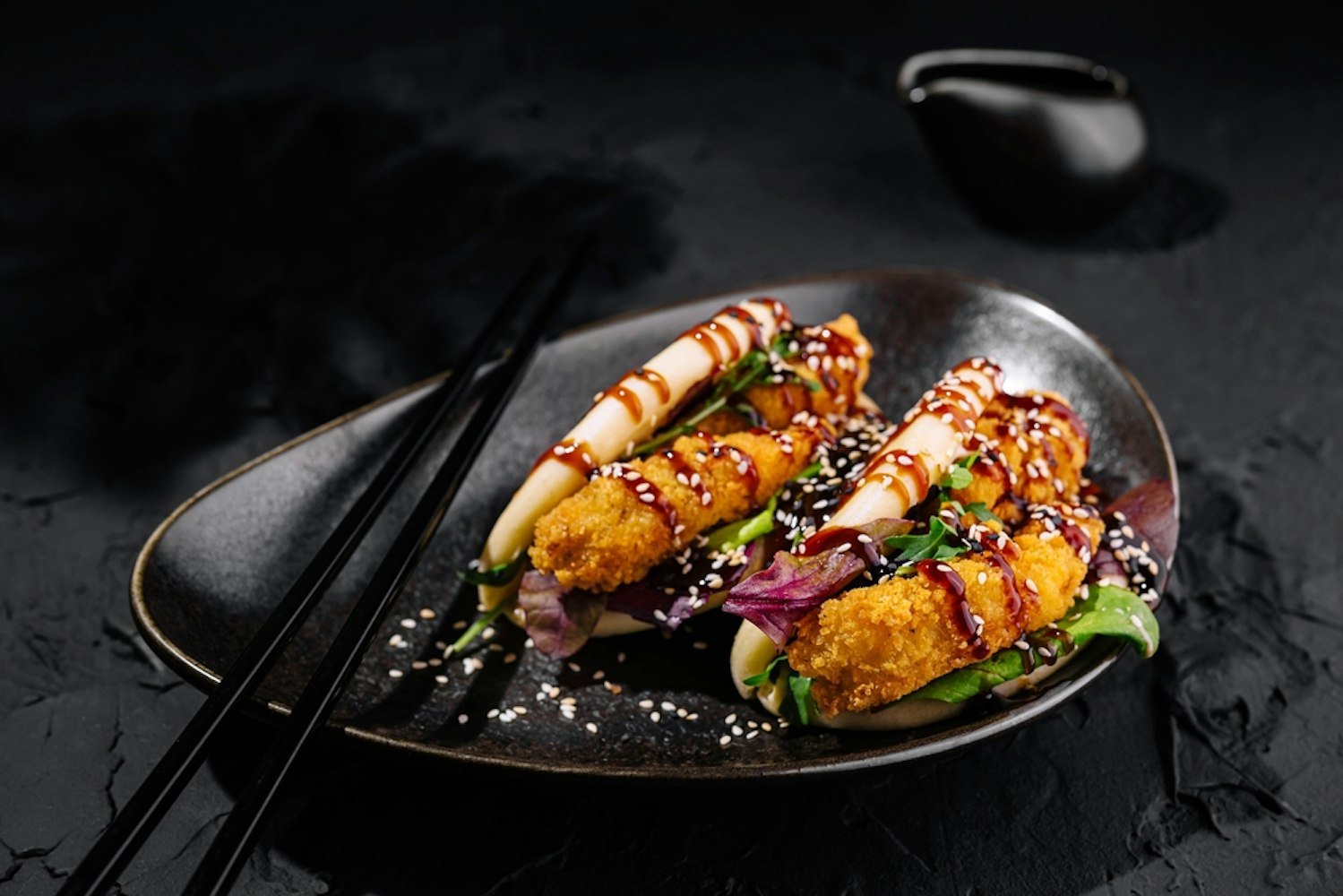
Tempura is a classic Japanese dish consisting of seafood, vegetables, or even meat that is lightly coated in a special batter and deep-fried to create a crispy texture. The batter is made from flour, eggs, and cold water, which results in a light and airy coating when fried. Common ingredients used for tempura include shrimp, squid, sweet potatoes, eggplant, mushrooms, and green beans.
Tempura is typically served with a dipping sauce called tentsuyu, which is a flavorful blend of dashi (Japanese soup stock), soy sauce, and mirin (a sweet rice wine). It can also be accompanied by grated daikon radish for added freshness and a side of steamed rice or udon noodles.
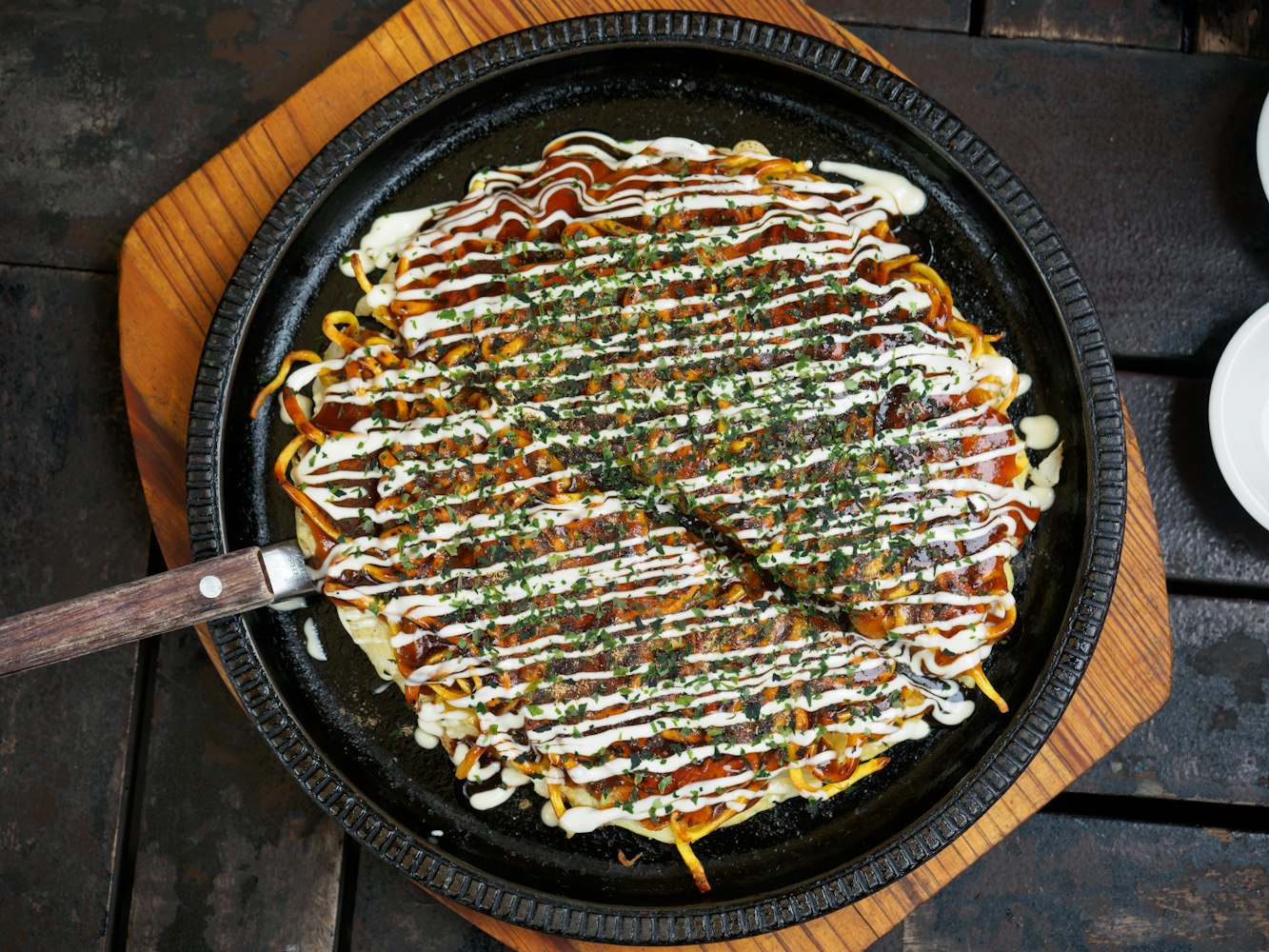
Okonomiyaki is often called "Japanese savory pancakes" because of its pancake-like appearance, but it is much more than that. This delicious dish is made from a batter of flour, grated yam, eggs, and shredded cabbage.
The name "okonomiyaki" means "grilled as you like it," which reflects the variety of ingredients that can be added, such as pork, shrimp, squid, cheese, and even noodles.
Once cooked, okonomiyaki is topped with a special thick and sweet okonomiyaki sauce, creamy mayonnaise, dried seaweed (aonori), and bonito flakes that move when placed on the hot pancake.
Okonomiyaki is popular in the Kansai and Hiroshima regions of Japan, with each area having its own unique style. In Kansai-style okonomiyaki, all the ingredients are mixed into the batter before grilling, while Hiroshima-style layers the ingredients with noodles for a heartier version.
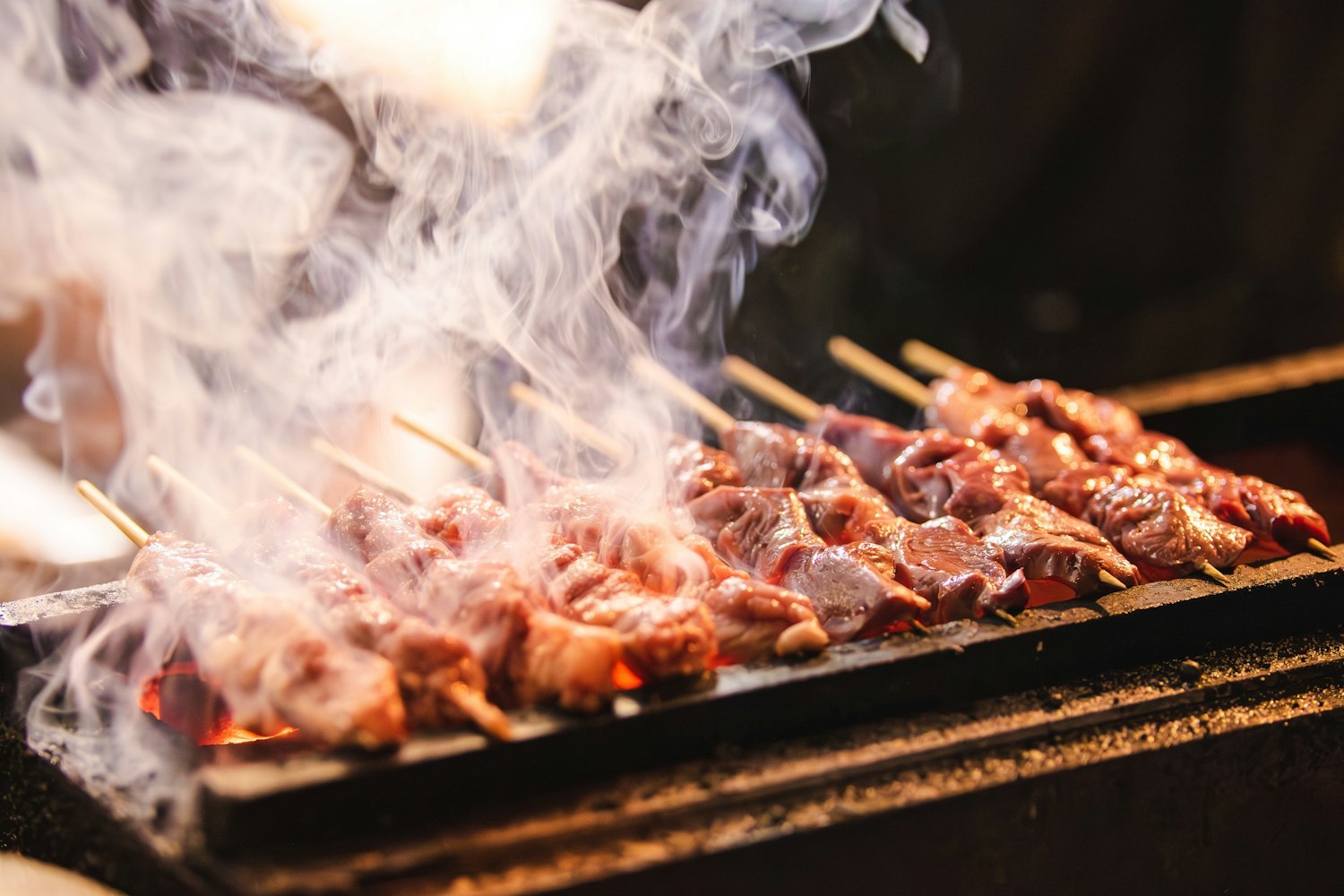
Yakitori, meaning "grilled chicken," is a popular Japanese dish made by skewering pieces of chicken and grilling them over charcoal. It is typically seasoned with either salt (shio) or a sweet-savory soy-based sauce called tare. The skewers can include different parts of the chicken, such as thigh (momo), breast (mune), wings (tebasaki), and even chicken liver (reba).
Yakitori is commonly enjoyed at izakayas (Japanese pubs), street food stalls, and festivals, where it is often paired with beer or sake. Some variations also include vegetables like green onions (negi) grilled along with the chicken, adding extra flavor and texture.
Yakitori is usually served hot and fresh off the grill, with a crispy outside and juicy inside. It is an affordable and delicious snack or meal that showcases the simplicity and rich flavors of Japanese cuisine."
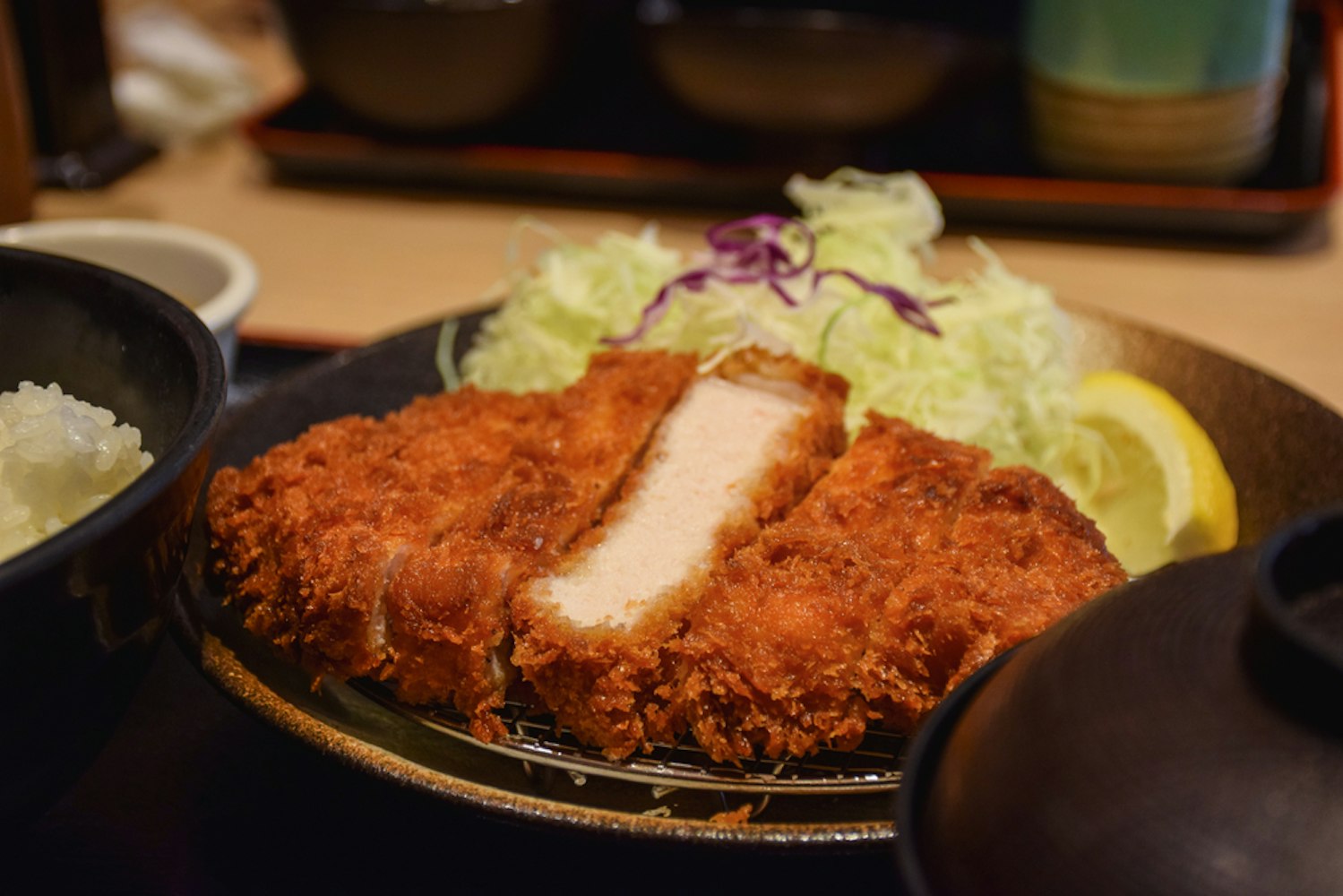
Tonkatsu is a popular Japanese dish that consists of a breaded and deep-fried pork cutlet. It is typically made using pork loin or pork fillet, which is coated in flour, beaten egg, and crispy panko breadcrumbs before being fried to a golden brown. The result is a crunchy outer layer and a juicy, tender inside.
Tonkatsu is usually served with finely shredded cabbage, steamed rice, and miso soup. A thick, tangy tonkatsu sauce made from soy sauce, Worcestershire sauce, and fruit purees is drizzled on top or served on the side for dipping. Some variations include adding a squeeze of lemon for extra freshness.
This dish is commonly enjoyed in specialty tonkatsu restaurants, where diners can choose their preferred cut of pork and enjoy it with unlimited servings of cabbage and rice. Tonkatsu is also a popular topping for dishes like curry rice (katsu curry) and sandwiches (katsu sando), offering a delicious and satisfying meal for any occasion.
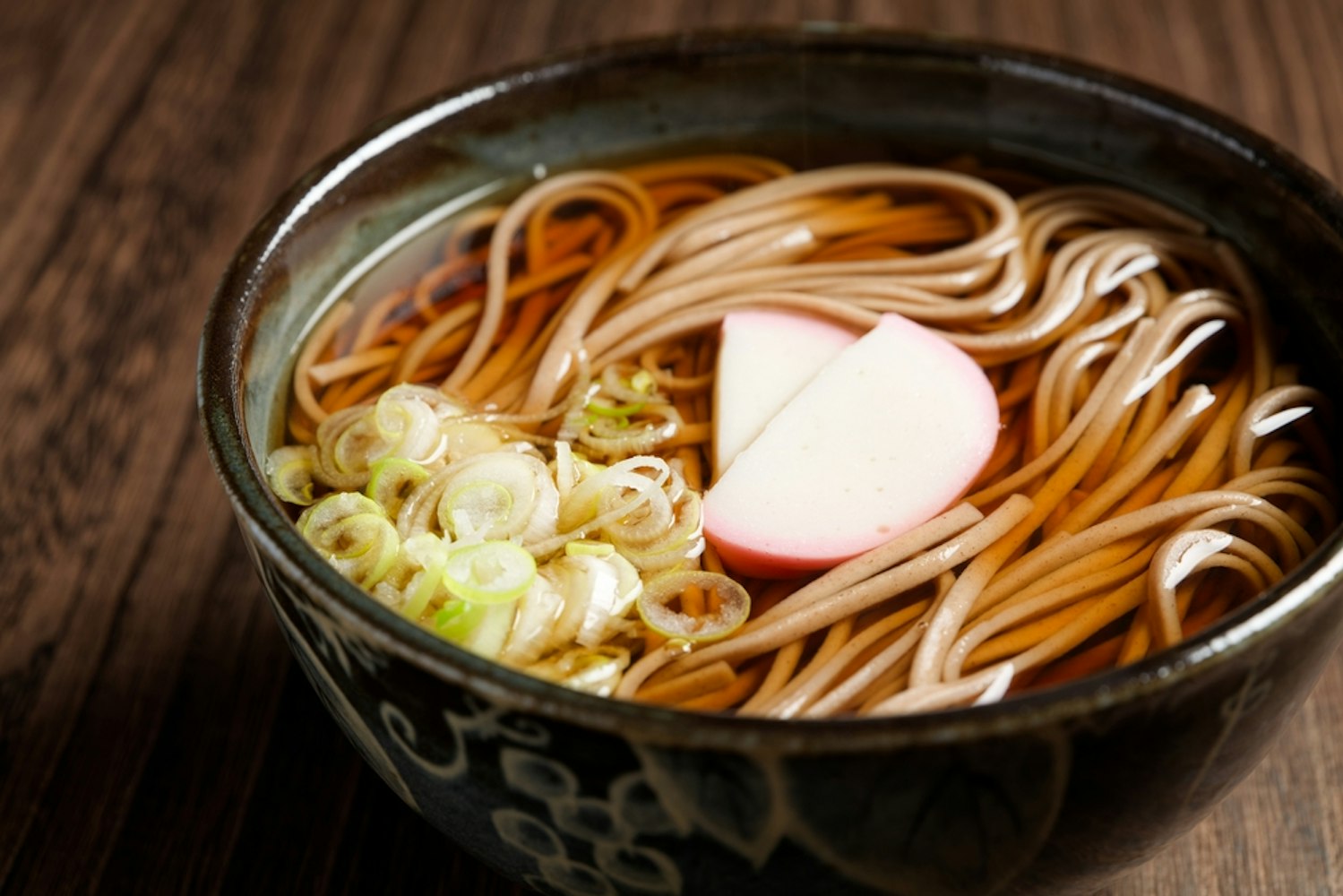
Soba are thin buckwheat noodles that have been enjoyed in Japan for centuries. They can be served in two main ways: hot in a flavorful broth or cold with a dipping sauce.
Hot soba is often served in a soy sauce-based soup with toppings like green onions, tempura, or sliced fish cake. Cold soba, known as zaru soba, is served on a bamboo tray with a dipping sauce made from soy sauce, dashi, and mirin, accompanied by wasabi and grated radish.
Soba noodles are a nutritious option, rich in fiber and protein, and are often eaten during special occasions like New Year's Eve, symbolizing a long and healthy life. They can be found in specialized soba restaurants, train stations, and even convenience stores across Japan.
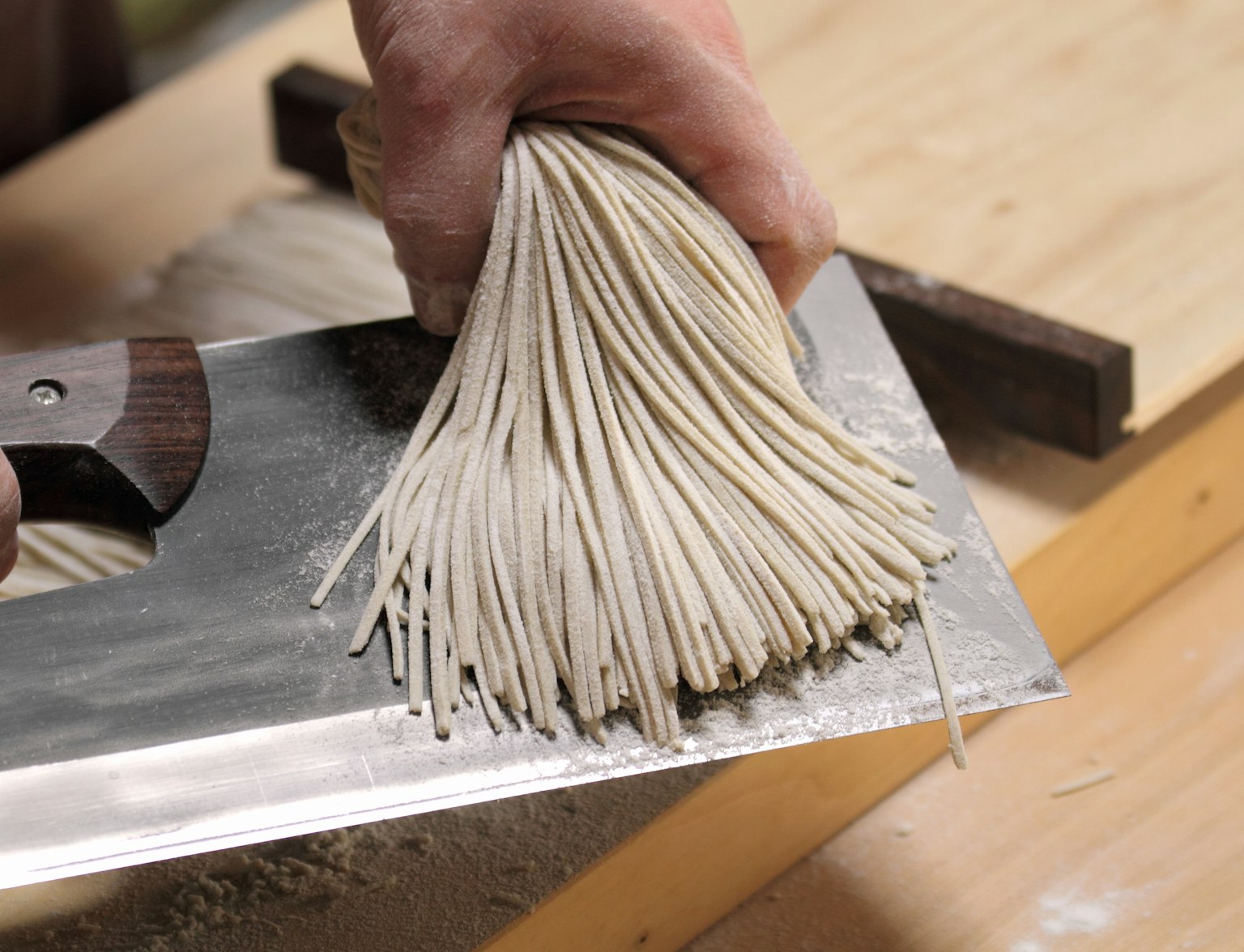
Explore the traditional art of soba noodle making in Sapporo, complemented by tempura and an exclusive sake tasting session.
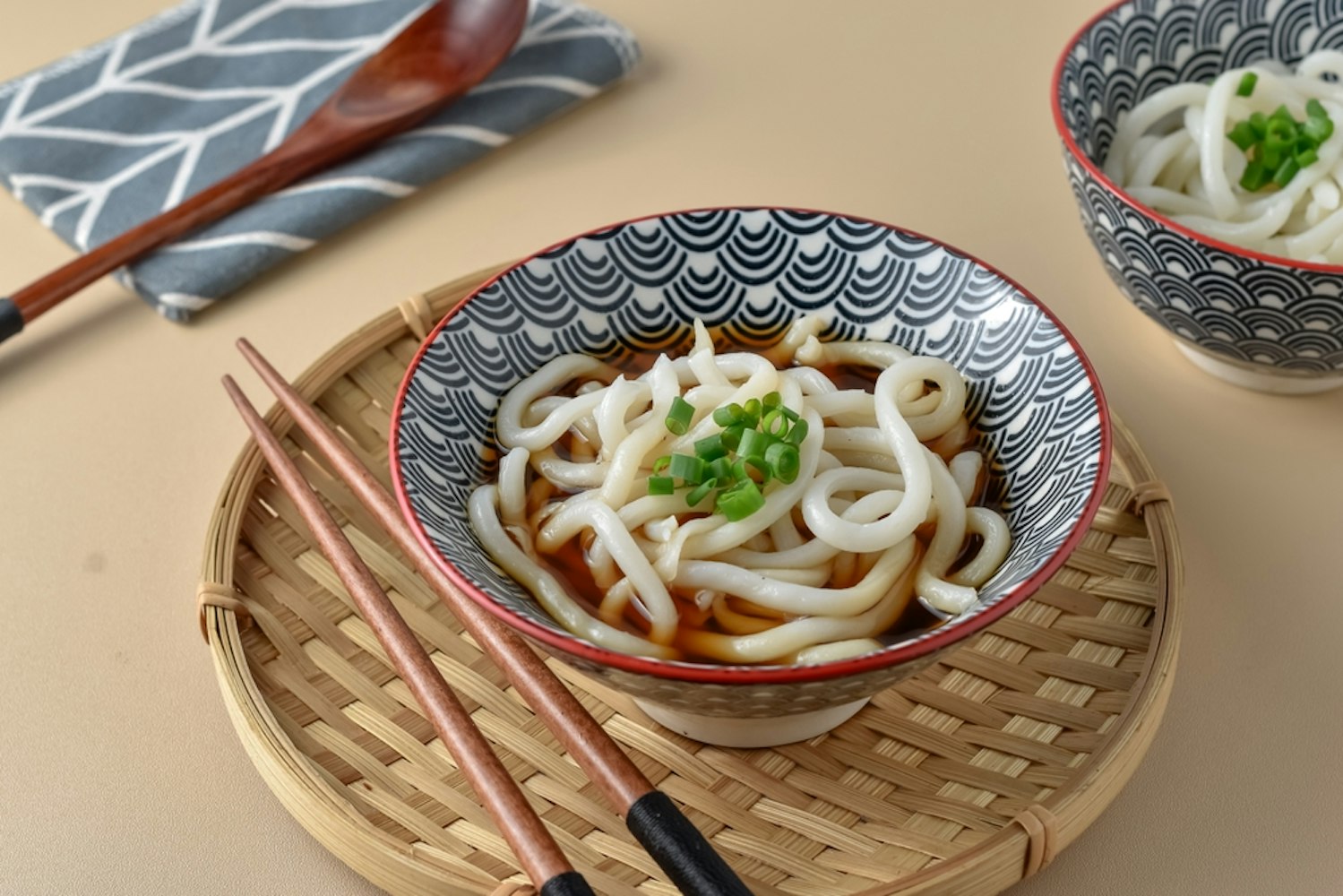
Udon noodles are thick and chewy wheat noodles that are a staple in Japanese cuisine. They have a smooth texture and are typically served in a mild broth made from dashi (a Japanese soup stock), soy sauce, and mirin (a sweet rice wine). Udon can be enjoyed hot in a comforting bowl of soup or cold with a dipping sauce, making it a versatile dish for all seasons.
Popular udon dishes include:
Kake Udon (かけうどん): A simple bowl of hot udon in a clear broth, topped with green onions.
Tempura Udon (天ぷらうどん): Udon served with crispy tempura, usually shrimp or vegetables.
Kitsune Udon (きつねうどん): Topped with a piece of sweetened fried tofu.
Zaru Udon (ざるうどん): Cold udon noodles served on a bamboo tray with a dipping sauce on the side.
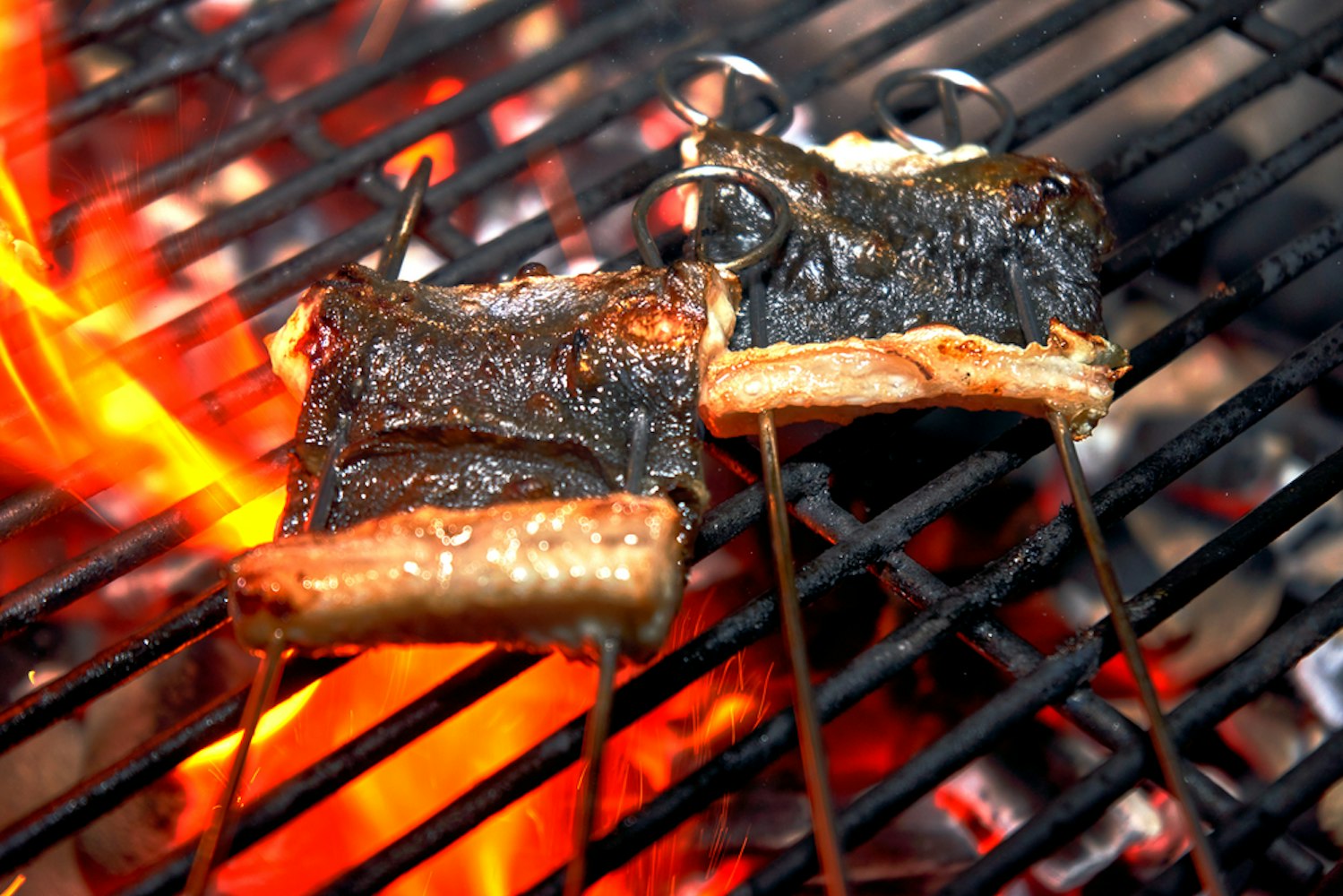
Unagi, or freshwater eel, is a popular delicacy in Japan that has been enjoyed for centuries. It is typically grilled over charcoal and coated with a sweet and savory glaze made from soy sauce, mirin, and sugar. This process, known as kabayaki, gives the eel a rich, caramelized flavor with a slightly crispy texture on the outside and a tender, flaky inside.
Unagi is commonly served over a bed of rice in a dish called unadon (unagi donburi), where the eel is placed on top of the rice and drizzled with a special sauce. It is also served in a more elaborate multi-layered dish known as unaju, which is presented in a lacquered box.

Takoyaki are popular Japanese street food snacks that originated in Osaka. They are small, round, and crispy on the outside while being soft and gooey on the inside. Takoyaki is made from a batter of flour, eggs, and dashi (Japanese soup stock) and filled with diced octopus, green onions, and pickled ginger. They are cooked in a specially molded pan, which helps them achieve their signature round shape.
Once cooked, takoyaki is typically topped with a savory takoyaki sauce, which is similar to Worcestershire sauce but slightly sweeter, creamy Japanese mayonnaise, dried seaweed (aonori), and bonito flakes (katsuobushi), which add a smoky, umami flavor.
Takoyaki is commonly enjoyed at street food stalls, festivals, and specialized takoyaki shops across Japan. They are often served in small portions, making them perfect for sharing with friends.
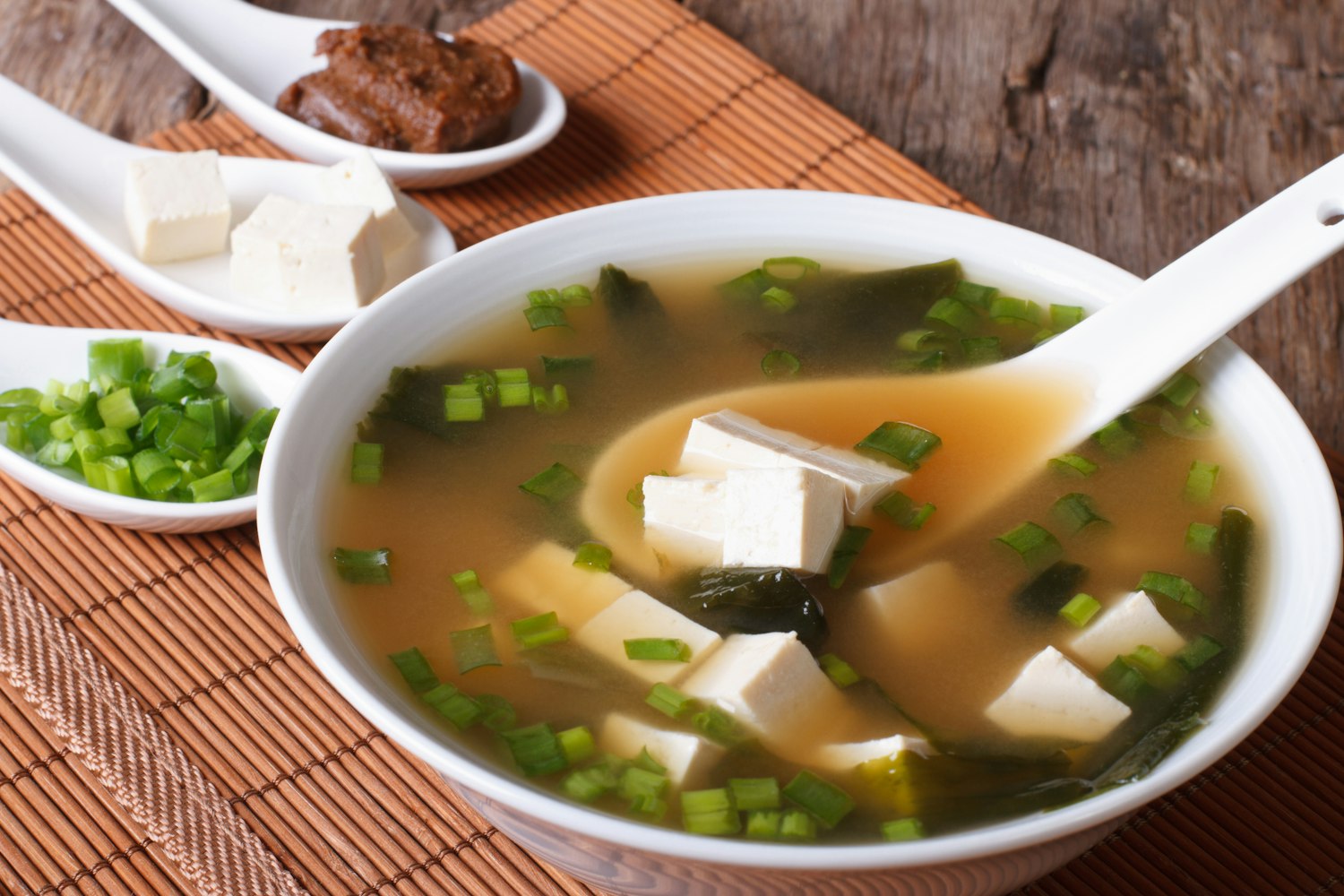
Miso soup is a staple in Japanese cuisine and is commonly served with meals. It is made from a simple combination of miso paste and dashi, a Japanese soup stock that provides a rich umami flavor. The most common ingredients found in miso soup include tofu, seaweed (wakame), and green onions, but additional ingredients like mushrooms, potatoes, and clams can also be added.
There are different types of miso paste used to make the soup, such as white miso (shiro miso), which has a mild and slightly sweet taste, and red miso (aka miso), which is stronger and more robust in flavor. The choice of miso can change the taste of the soup, making it a versatile dish.
Miso soup is not only delicious but also nutritious, as it is rich in probiotics, vitamins, and minerals. It is believed to aid digestion and provide health benefits, making it an essential part of a balanced Japanese meal.
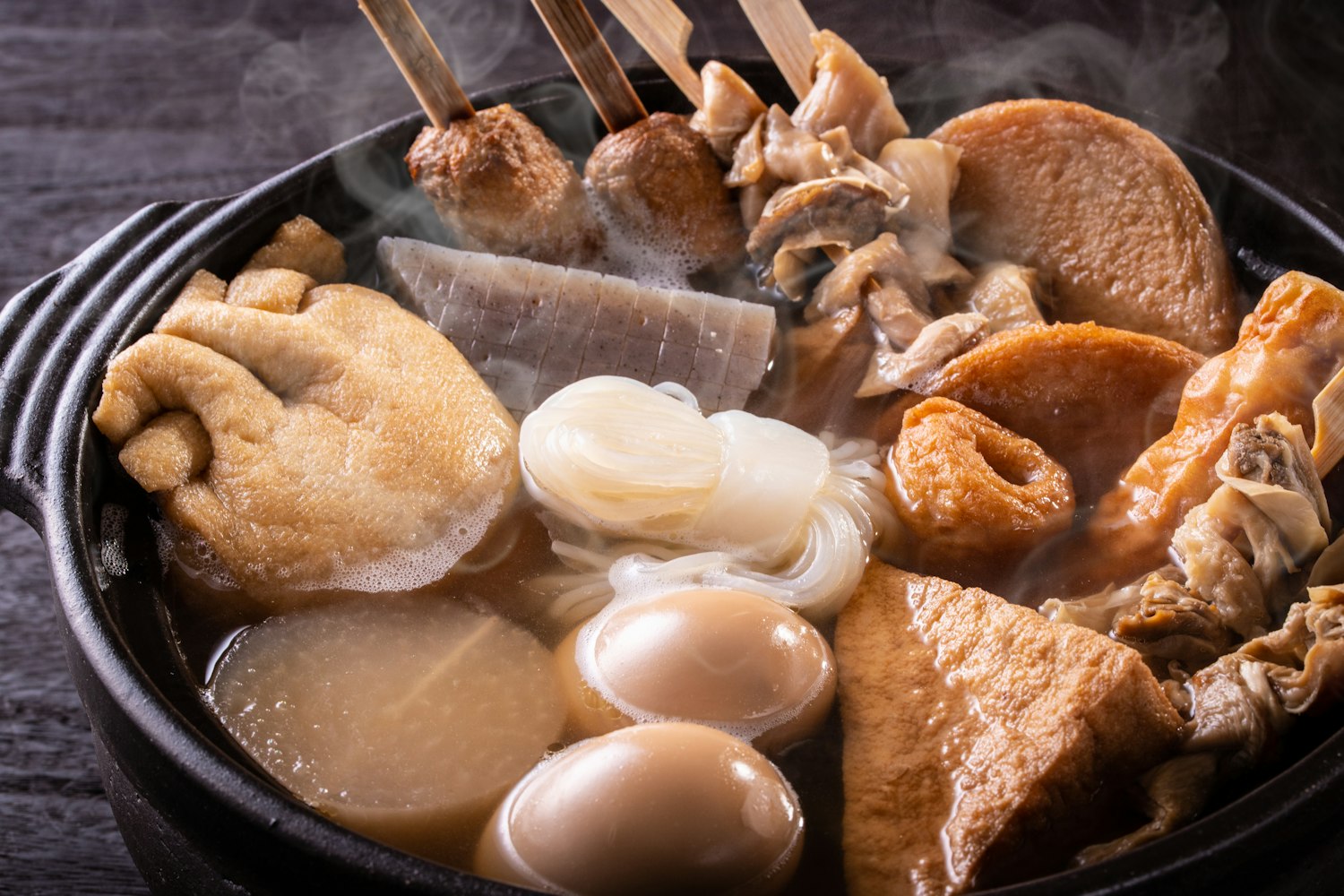
Oden is a comforting Japanese winter dish that consists of a variety of ingredients simmered in a light, soy-flavored dashi broth. It is a popular dish during the colder months and is commonly enjoyed at food stalls, convenience stores, and traditional Japanese eateries.
The ingredients used in oden can vary, but some of the most common items include fish cakes (kamaboko), tofu, daikon radish, boiled eggs, konjac (a jelly-like food made from yam), and chikuwa (a tube-shaped fish paste product). Each ingredient absorbs the flavorful broth, making them tender and delicious.
Oden is often served with a side of karashi, a Japanese mustard that adds a spicy kick to the dish. The mild yet savory flavor of the broth combined with the variety of textures makes oden a satisfying and nutritious meal.
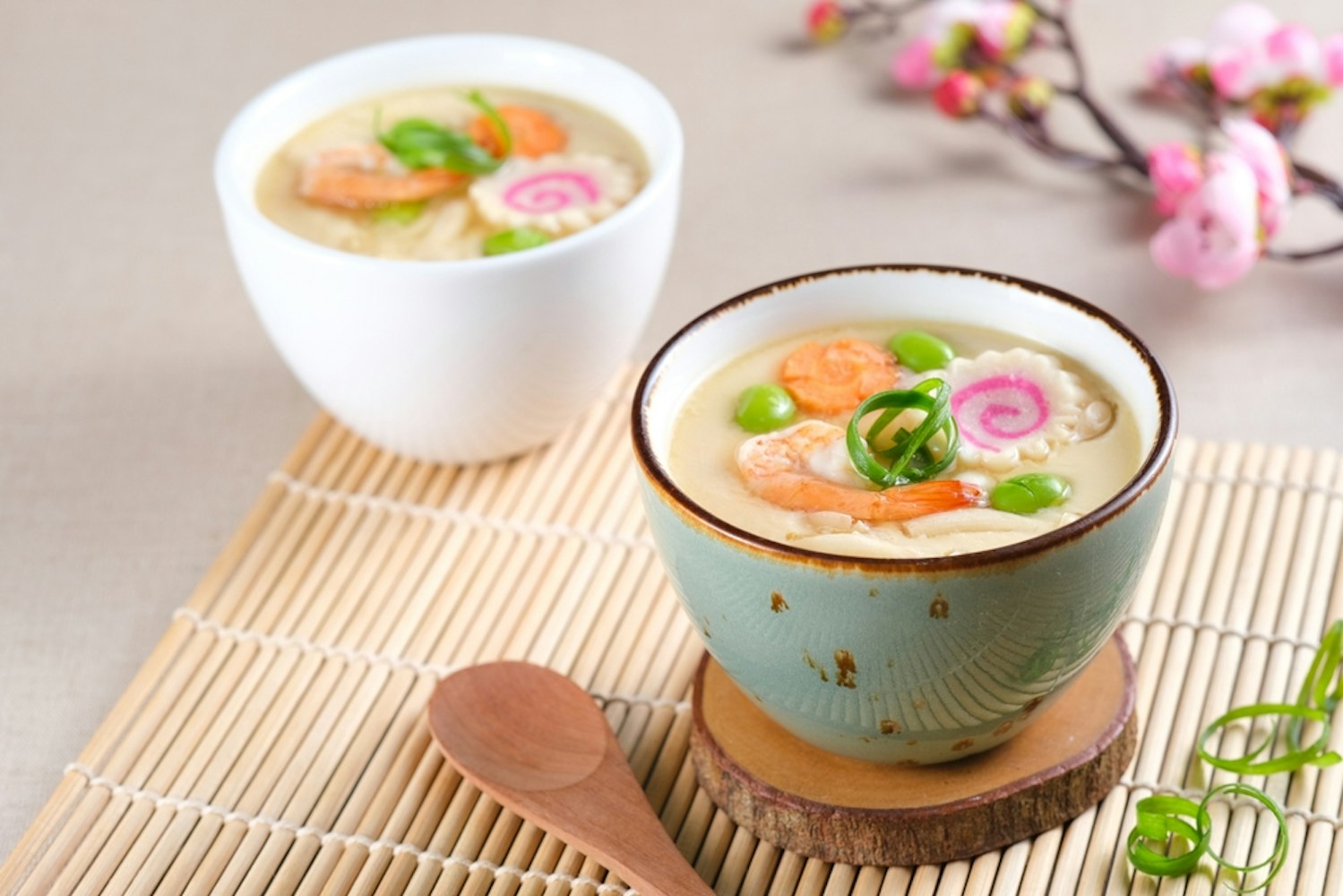
Chawanmushi is a traditional Japanese savory egg custard dish that is smooth and delicate in texture. It is made by steaming a mixture of beaten eggs and dashi (Japanese soup stock) until it sets into a soft, pudding-like consistency. The dish is typically flavored with soy sauce, mirin, and salt to enhance its umami taste.
Chawanmushi often contains a variety of delicious ingredients such as chicken, shrimp, mushrooms, and ginkgo nuts, all of which add different flavors and textures. Unlike many other egg dishes, chawanmushi is served warm or even cold, making it a versatile dish suitable for any season.
This dish is commonly served as an appetizer in traditional Japanese meals or as part of a kaiseki (multi-course) dining experience. It is usually enjoyed with a spoon due to its delicate consistency. Chawanmushi provides a light and comforting taste that highlights the essence of Japanese cuisine.
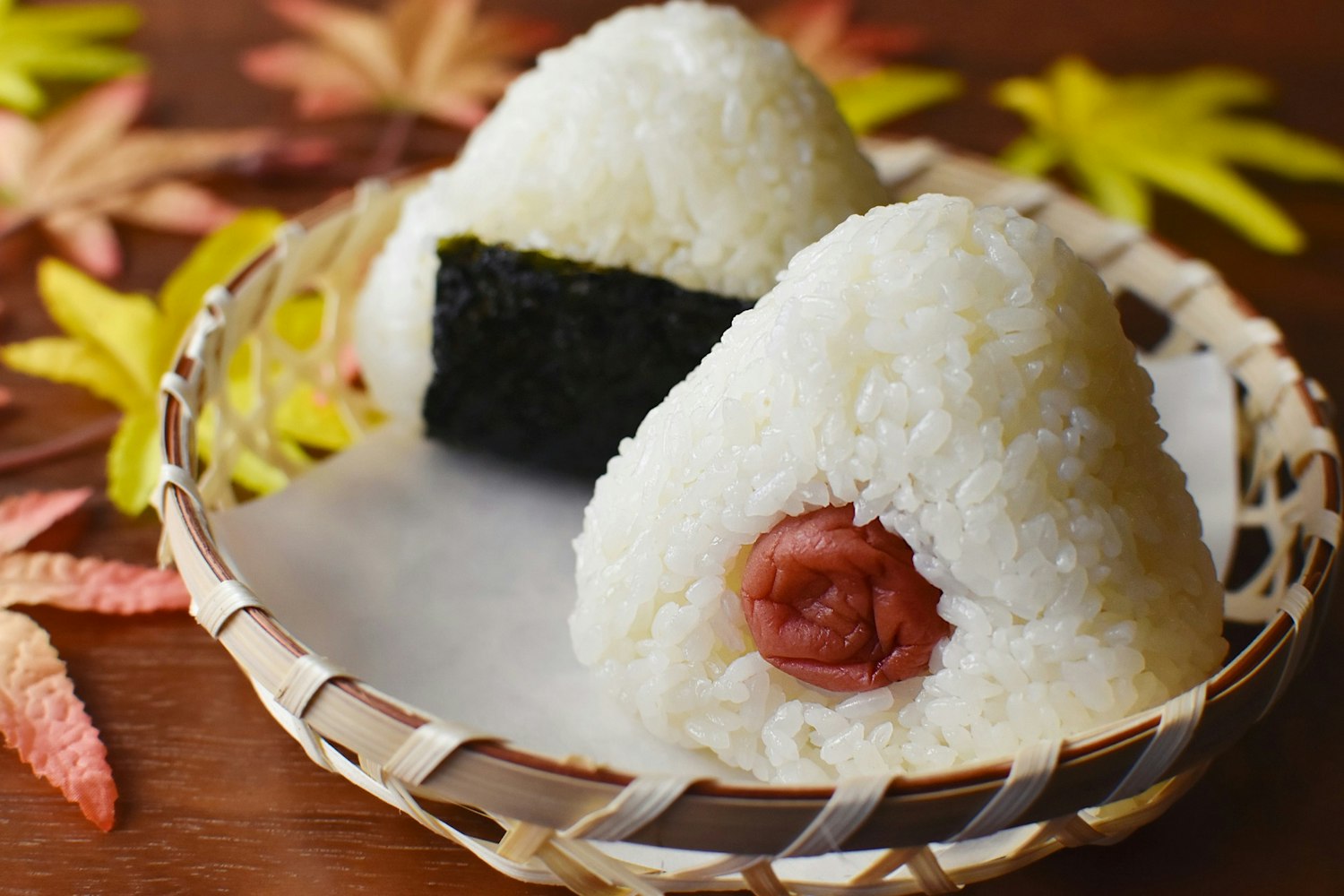
Onigiri, also known as rice balls, is a beloved and convenient Japanese snack or lunch item. They are made by shaping rice into triangular or round shapes and often include fillings such as pickled plum (umeboshi), salted salmon, tuna with mayonnaise, or seasoned seaweed. The rice is typically wrapped in a sheet of nori (seaweed), which adds flavor and makes it easier to hold.
Onigiri can be found in convenience stores, supermarkets, and bento shops across Japan. They are an affordable and tasty option for people on the go. The fillings provide a delightful contrast to the slightly salted rice, making onigiri a satisfying and simple meal.
There are many variations of onigiri, including yaki-onigiri, which is grilled with a soy sauce glaze for added flavor and crispiness. Whether eaten as a snack, part of a picnic, or in a traditional bento box, onigiri remains a staple of Japanese cuisine enjoyed by people of all ages.
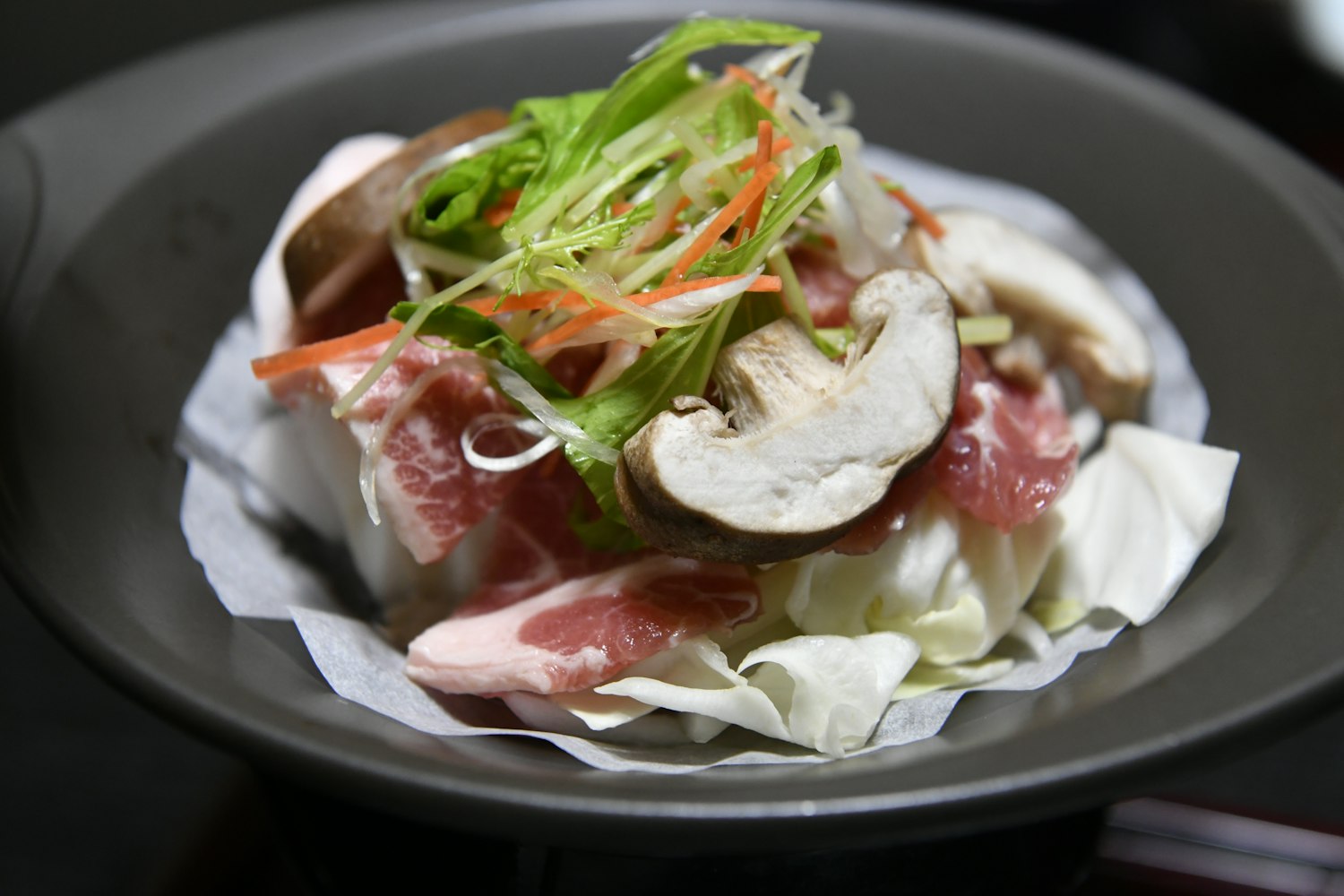
Kaiseki is a traditional multi-course Japanese meal that focuses on seasonal ingredients, exquisite presentation, and a balance of flavors. It originated from the tea ceremony culture and evolved into an art form that reflects Japan's deep respect for nature and culinary craftsmanship.
A typical kaiseki meal consists of several courses, including an appetizer, sashimi (raw fish), a simmered dish, a grilled dish, and a steamed dish, followed by rice, miso soup, and dessert. Each dish is prepared with great attention to detail, using fresh, seasonal ingredients that highlight the natural flavors.
The experience of eating kaiseki is not just about the food but also about the ambiance, tableware, and serving style. Traditional kaiseki meals are often enjoyed in ryotei (high-end Japanese restaurants) or ryokan (traditional inns), where the setting complements the refined dining experience.
Exploring traditional Japanese food is an unforgettable journey into the rich culture and heritage of Japan. Whether you are enjoying sushi in Tokyo, slurping ramen in Fukuoka, or indulging in kaiseki cuisine in Kyoto, each dish offers a glimpse into Japan's deep culinary traditions.
Be sure to try these 15 must-try local dishes to savor the authentic taste of Japanese flavor.



